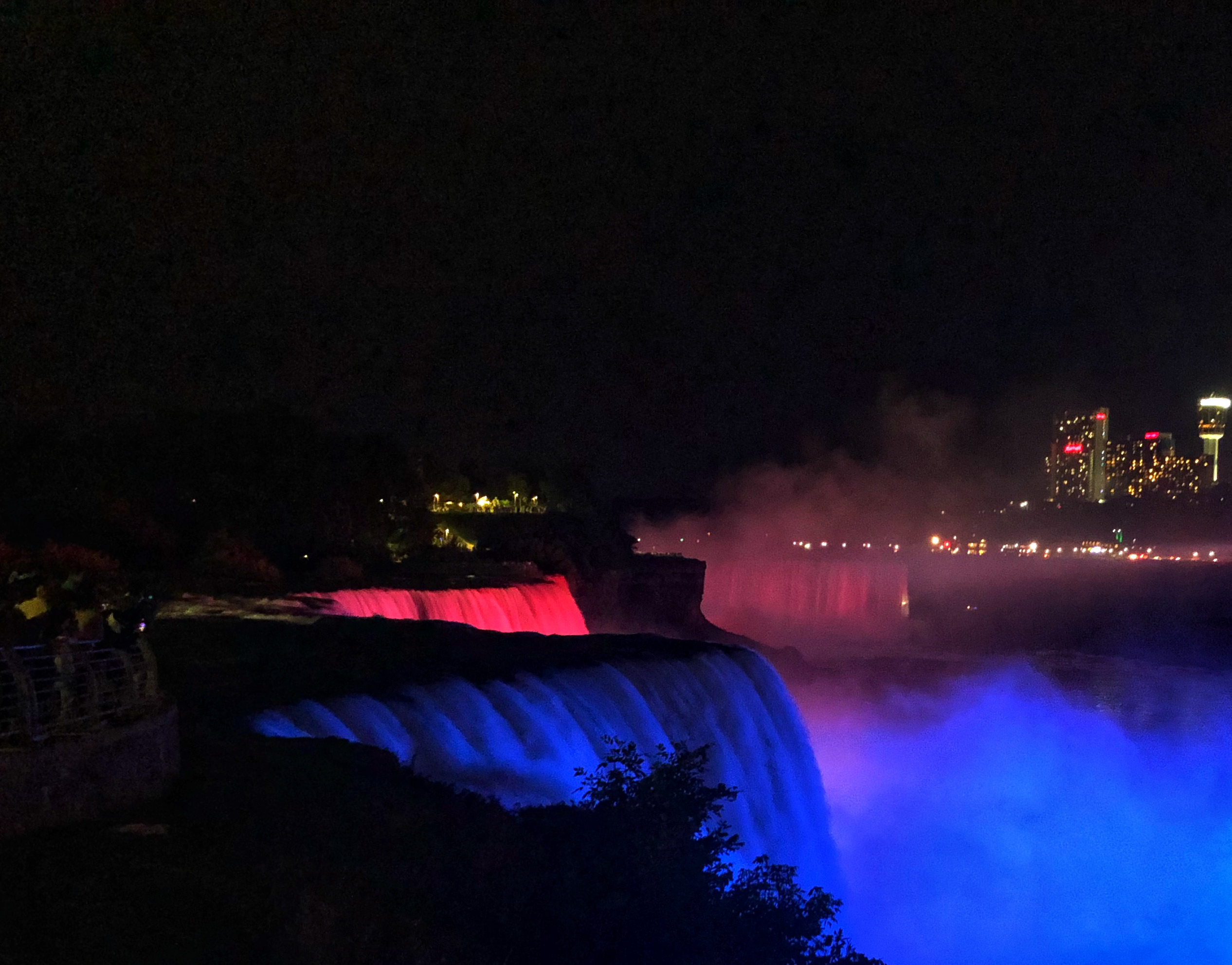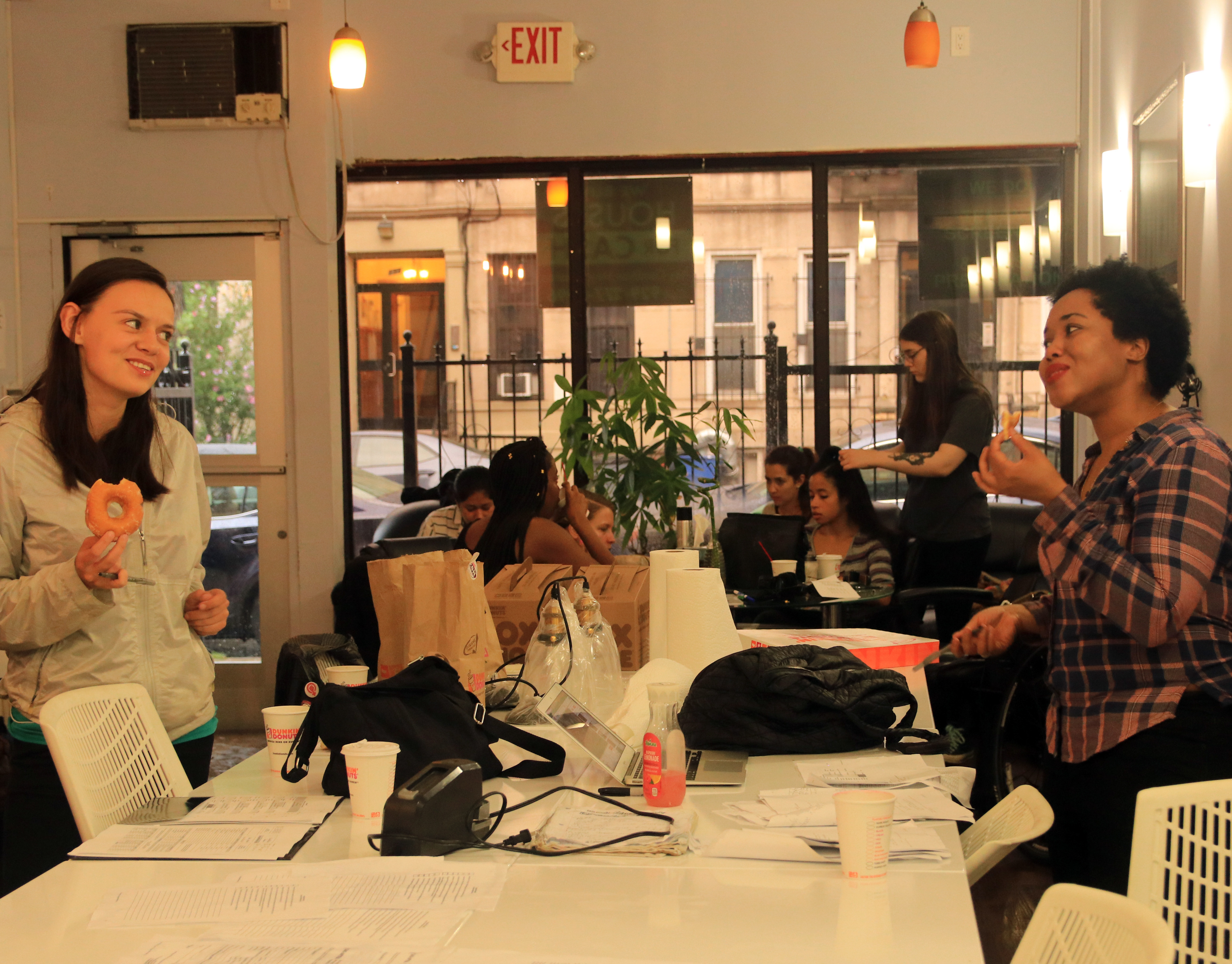Tiara B. for La Otra Cara Latina
Originally posted on Medium
In January of 2016 I began my journey as a social journalism graduate student at the CUNY J-School. I became part of the second cohort of what we affectionately call Social J.
Social journalism is focused on serving communities. Social journalists view journalism as a service to help communities instead of the content obsessed industry that we currently see. As a native New Yorker who grew up seeing stories about my neighborhood that lacked nuance and only focused on crime in my area I’ve always felt that journalists were out of touch with the communities they report about. Which is why working with our communities and using our journalism as a service to assist them really appealed to me.
I had spent the last two years working in community engagement and social media, with the Deans List Tour (a grassroots music tour), and an Americorps year of service with the New York City Civic Corps. My original plan was to work with the independent music community in New York.
But a week or so into the semester I realized that despite growing up in Jamaica I am not an active participant in my community. I had no ties to the community boards, the local business improvement districts (BID) or the community organizers already taking action against gentrification. So after some thought, I decided to serve the Afro-Latinx* community, a community that I belong to due to my Panamanian and Costa Rican maternal heritage. Once I had that figured out I set out to listen to and engage with my community. I setup alerts for various popular hashtags like: #Afrolatino, #Afrolatina, #Afrolatinx, #Afrolatinxunited, and #Blacklatinxhistory to monitor and engage with Afrolatinx on Twitter and Tumblr where the community is very active. I talked with various Afrolatinx about their personal identity and what they wanted out of the coverage of Afro-Latinx.
I learned a lot about Afrolatinidad from the listening I did last year. One of the issues that kept coming up was the erasure of Afrodescendants in Latinx culture and the lack of representation in the media. I wanted to focus on these two topics by finding ways to affirm, celebrate, and uplift Afro-Latinx voices.
That goal crystallized into the two projects that formed my practicum #HeyMiGente and La Otra Cara Latina. #HeyMiGente is a Mediumpublication and a video series that explores Afro-Latinx identity. La Otra Cara Latina, a portrait project featuring AfroLatinx that is a collaboration between myself and Afro-Ecuadorian photographer, Priscilla Gaona.
My biggest takeaways from the year were that citizen participation in journalism is a must. Communities engage in reporting and stories that they are invested in. A big concern after the election is regaining trust from the public and empathy across the divisions in this country. There is no way to do that without working with the communities we want to trust us. Also, meeting communities where they are. We have to make our work accessible to them through our transparency, engaging with them and actually taking into account the constructive criticism and feedback that they provide.
This past year my cohort #SocialJ16, have done amazing work with their communities and you can check out all our bios and find their work by clicking the hashtag.
*I use Afro-Latinx to be inclusive of all gender identities.










